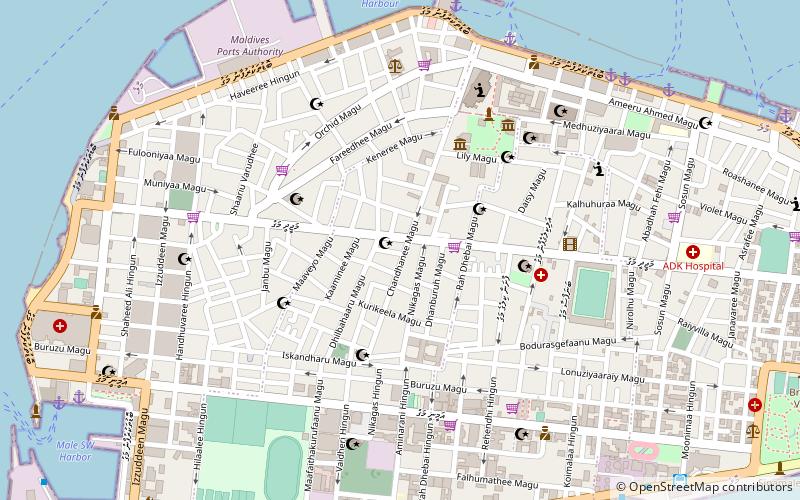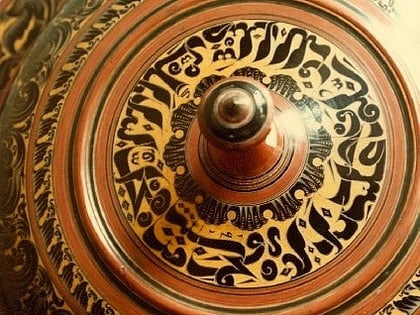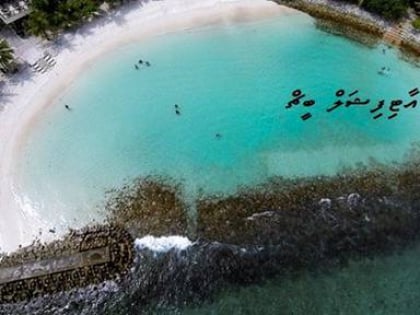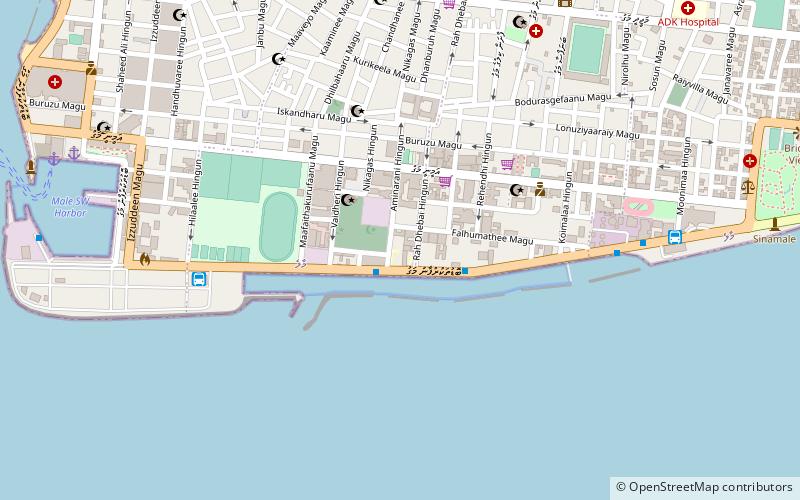National Museum, Malé


Facts and practical information
The National Museum of the Maldives is a cultural gem nestled in the heart of Malé, the bustling capital city of this island nation. Established on the National Day of the Maldives, November 11, 1952, by the Prime Minister at the time, Mohamed Amin Didi, the museum stands as a testament to the rich history and heritage of the country.
Housed in the Sultan Park area of Malé, the museum's building itself is a part of the Maldivian legacy, being located within the former Sultan's Palace, a historical structure that adds to the charm of the museum. It was created with the primary goal of preserving the history of the Maldives and to invoke the patriotic feelings of its people.
Inside, visitors can explore a vast collection of artifacts that span the breadth of Maldivian history, including ancient weaponry, religious paraphernalia, and traditional costumes and ornaments. The museum also showcases an array of royal antiquities from the Buddhist era to the rule of Islamic monarchs, providing a window into the Maldives' transformation over the centuries.
One of the museum's most prized possessions is a coral stone head of Lord Buddha, an archaeological find that harks back to the pre-Islamic era when Buddhism was prevalent in the region. Other notable exhibits include thrones, ceremonial robes, and intricate lacquer work boxes, all of which reflect the grandeur of the sultanate era.
The National Museum is an essential visit for anyone interested in understanding the Maldives beyond its idyllic beaches and luxury resorts. It offers an insightful look into the nation's soul, presenting an opportunity to explore the Maldivian culture, art, and the socio-political history that has shaped the archipelago.
Sultan ParkMalé
National Museum – popular in the area (distance from the attraction)
Nearby attractions include: Islamic Centre, Sinamalé Bridge, Artificial Beach, Muliaage.











